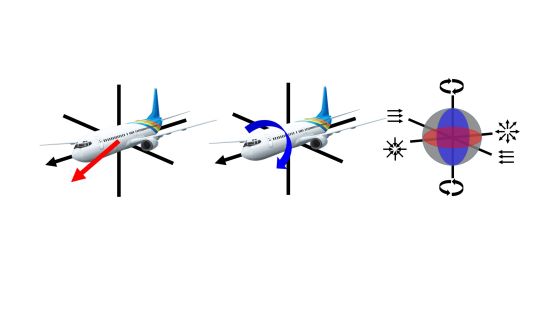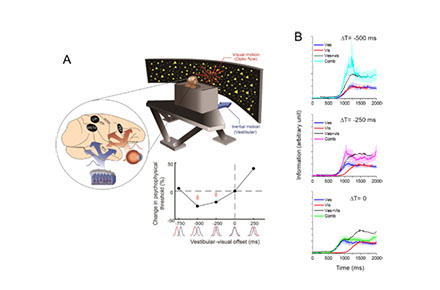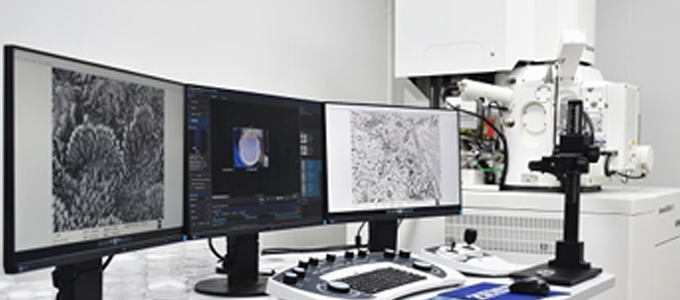
Navigation, which is a fundamental skill essential for survival and ecological adaptation, involves two key aspects: self-motion direction and distance perception. Organisms rely on multiple sensory cues, such as visual, vestibular, and auditory to accurately and precisely achieve robust self-motion perception. The ultimate goal of our research is to reveal neural mechanisms underlying multisensory self-motion perception. To achieve this, we have trained rhesus monkeys in heading direction and distance discrimination tasks, demonstrating their remarkable ability to integrate visual and vestibular cues in a statistically optimal way to enhance perception. Using invasive single-unit recordings, we measure and compare neuronal sensitivity with the animals' perceptual thresholds. We also conducted electrical micro-stimulation and chemical inactivation, to identifiy causal functions, as well as to infer decoding mechanisms that contribute to perception.


